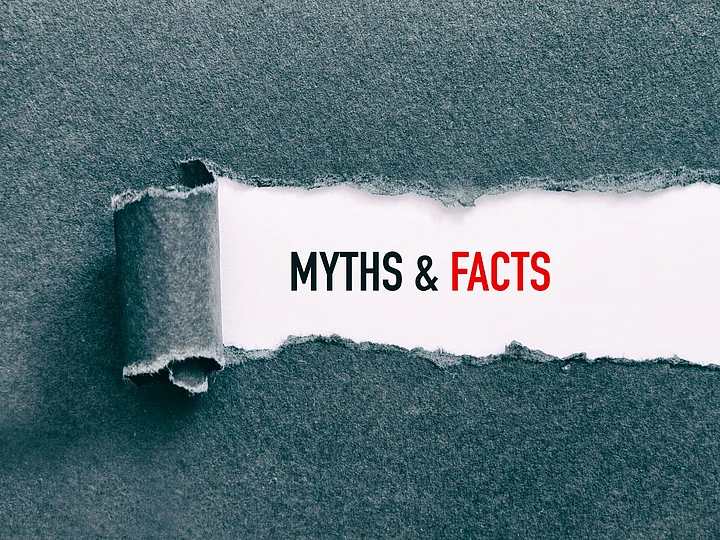According to the US Centers for Disease Control and Prevention (CDC), around 795,000 people in the US experience a stroke every year, and around 610,000 people suffer from their first stroke.
In 2019, stroke was stated as the leading cause of mortality in the entire world and contributed to 11 percent of deaths.
There are mainly three types of stroke. As much as 87% of cases are ischemic stroke. It occurs when arteries get blocked, cutting off oxygen supply to the brain.
The second one is a hemorrhagic stroke which is caused due to a rupture in an artery in the brain which leads to damage of the surrounding tissues.
The last one is transient ischemic attack (TIA), also known as a “ministroke”. It occurs when blood flow to the brain is blocked temporarily, no more than 5 minutes.
Let's debunk the common myths about strokes.
Stroke Is a Heart-Related Issue
According to the US National Institutes of Health, while stroke risk is linked to cardiovascular risk factors, strokes occur in the brain and not in the heart. People might think that it is a heart-related problem but stroke is a brain-related problem and is caused due to the blockage and rupture of the arteries or veins in the brain.
Some people confuse stroke with a heart attack. Heart attack is caused due to a blockage in blood flow to the heart and it has nothing to do with the brain.
Stroke Is Not Preventable
The common risk factors that increase the chances of a stroke include hypertension, smoking, high cholesterol, obesity, diabetes, trauma caused to the head or neck, and cardiac arrhythmias.
As per doctors, these risk factors can be managed with right lifestyle, exercise, and diet thus reducing the chances of a stroke.
Stroke Occurs in Elders
Age is a risk factor for stroke but there is no evidence that only elders can get affected by a stroke. According to PubMed, the risk of stroke doubles every 10 years after age 55. But strokes can occur at any age.
Research proves that approximately 15% of all ischemic strokes occur in young adults and adolescents.
The risk factors for stroke include hypertension, diabetes, obesity, lipid disorders, and tobacco use.
Every Stroke Shows Few Symptoms
This is a myth. All strokes do not have symptoms and research shows that symptom-free strokes are more common than strokes with symptoms. Of the 11 million strokes in 1998, only 770,000 showed symptoms.
According to US NIH, these silent strokes can be diagnosed on MRI scans as white spots from scarred tissue following a blockage or ruptured blood vessel. Silent strokes are also characterized by symptoms like headaches, cognitive issues, and dizziness.
Silent strokes increase the risk of future symptomatic strokes, cognitive decline, and dementia.
Stroke Can Always Result in Paralysis
According to PubMed, stroke can cause a long-term disability but it does not always lead to paralysis or weakness. Stroke can result in reduced mobility if the survivors are aged 65 and over.
The long-term effects of stroke differ from person to person depending on the amount of brain tissue affected and the area affected. Damage to the left brain will affect the right side of the body, resulting in speech and language problems, slow and cautious behavior, and memory loss.
Stroke occurring on the right side of the brain can cause paralysis, vision problems, quick and inquisitive behavior, and memory loss.

